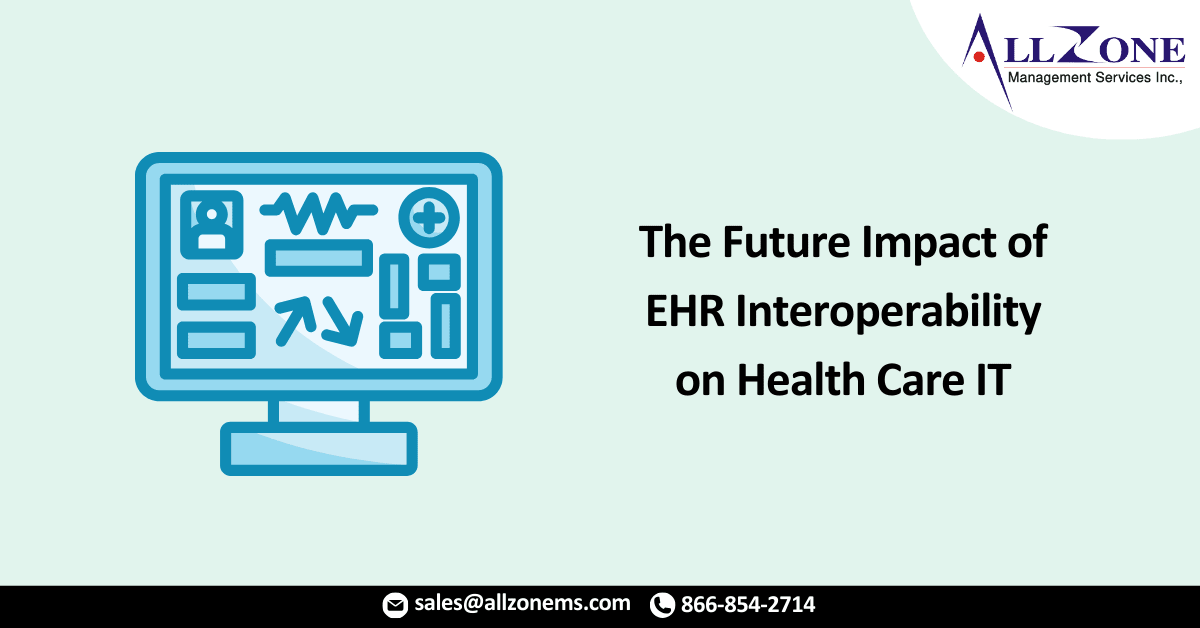After years of longing for an update, the U.S. healthcare system is finally undergoing the crucial modernization it desperately needs.
Dedicated IT professionals within healthcare organizations are now diligently developing enhanced electronic health records (EHRs) that promise increased efficiency and effectiveness. This transformative process entails integrating EHRs with state-of-the-art patient-access technologies. Consequently, various healthcare practitioners, such as medical assistants, teletriage nurses, call center agents, and others, are compelled to adapt their work methods accordingly.
In 2022, the market for Electronic Health Records (EHRs) witnessed an astounding growth, reaching almost $28 billion. This marked an impressive $11 billion increase compared to the figures recorded in 2017. Consequently, healthcare organizations are now beginning to experience the advantages brought about by the advancements in EHR technology and the promotion of interoperability.
To fully capitalize on the investment made in EHR systems, IT departments have a crucial role to play in ensuring the seamless integration of their EHR platform with third-party patient access software and open APIs. The ability to achieve interoperability empowers healthcare providers to derive maximum benefits from their EHR platform, enabling enhanced efficiency and improved patient care.
The Evolving Significance of IT in Patient Access
Historically, legacy Electronic Health Record (EHR) platforms like Epic and NextGen have primarily focused on optimizing in-person functions and financial processes, such as the visit itself and post-visit billing. Consequently, these existing EHR and practice management systems have offered limited functionality beyond the doctor’s office or hospital bedside. However, a significant shift is occurring as innovations in patient access technology rapidly expand to encompass not only bedside tasks but also scheduling, engagement, and communication.
The EHR serves as the core of this evolving patient access ecosystem, and the role of IT personnel has become vital in driving this transformation. IT departments must go beyond merely customizing EHR systems for their organizations and instead commit to complete operational transformation. This entails shifting the focus to the entire patient access system, beyond physician-centered clinical processes.
For instance, legacy EHR platforms often lack several crucial capabilities necessary for the new patient-access ecosystem. These include automating complex healthcare scheduling, providing AI-guided call support to call center agents, transmitting appointment reminders and rescheduling links, analyzing business intelligence, and facilitating ongoing engagement and marketing campaigns. Achieving success and optimization in these areas requires integrating EHR platforms with third-party patient access software or leveraging an open API. This is where interoperability plays a crucial role.
Interoperability extends beyond merely sharing records; it entails fully integrating data into a unified, cloud-based system, enabling healthcare facilities to access information and utilize functionality swiftly and effortlessly across various devices such as computers, laptops, mobile devices, and patient portals. This symbiotic relationship benefits not only the EHR vendor and the software vendor but, more importantly, healthcare providers whose access systems can perform a wide range of clinical and non-clinical functions, ultimately improving care and service.
The Advantages of interoperability
Interoperability encompasses more than just the collaboration of IT systems. It also brings cost benefits by reducing expenditures on hardware and software. It eliminates the burden of maintenance and upgrade fees while streamlining scheduling and payment processes, thereby boosting revenue. Moreover, interoperability enhances relationship management and optimizes resource utilization. Most importantly, it elevates the patient experience by enabling personalized treatments and seamless communication. These combined benefits for patients and healthcare providers contribute to a more efficient, collaborative, and patient-centered healthcare ecosystem that encourages innovation and ensures optimal health outcomes.
To further advance this transformation, IT departments can incorporate artificial intelligence (AI) into their EHR systems. Previously, AI in EHRs mainly focused on supporting physicians during in-person encounters. However, in recent years, AI has expanded its scope beyond the bedside and can now handle complex operational and telemedicine functions. For instance, during telehealth visits, AI can take on scheduling and communication responsibilities, alleviating the workload of overworked staff members. AI can also assess symptoms, generate a list of potential diagnoses, and develop a personalized treatment plan based on the patient’s medical history and other relevant data.
The ROI Benefits of Interoperable EHR Systems
Healthcare organizations determine their return on investment (ROI) based on the cost of acquiring new patients and the revenue generated by those patients. Operational metrics play a crucial role in measuring and optimizing ROI. These metrics include the cost associated with executing each patient scheduling request, the rate of resolving issues on the first contact, average handling time, and the percentage of appointments that patients self-schedule online.
Measuring and optimizing these metrics is of utmost importance because what patients truly desire, above all else, are simple and streamlined experiences. In a thought-provoking article titled “Stop Trying to Delight Your Customers,” published in the Harvard Business Review, it is argued that the primary driver of consumer satisfaction and behavior is the ease of service, even if it may not be flashy or unique. Additionally, Gartner’s customer effort score (CES) is based on the notion that simple and streamlined experiences foster the highest level of consumer loyalty. Consequently, understanding and improving this metric should be the top priority for healthcare IT staff.

